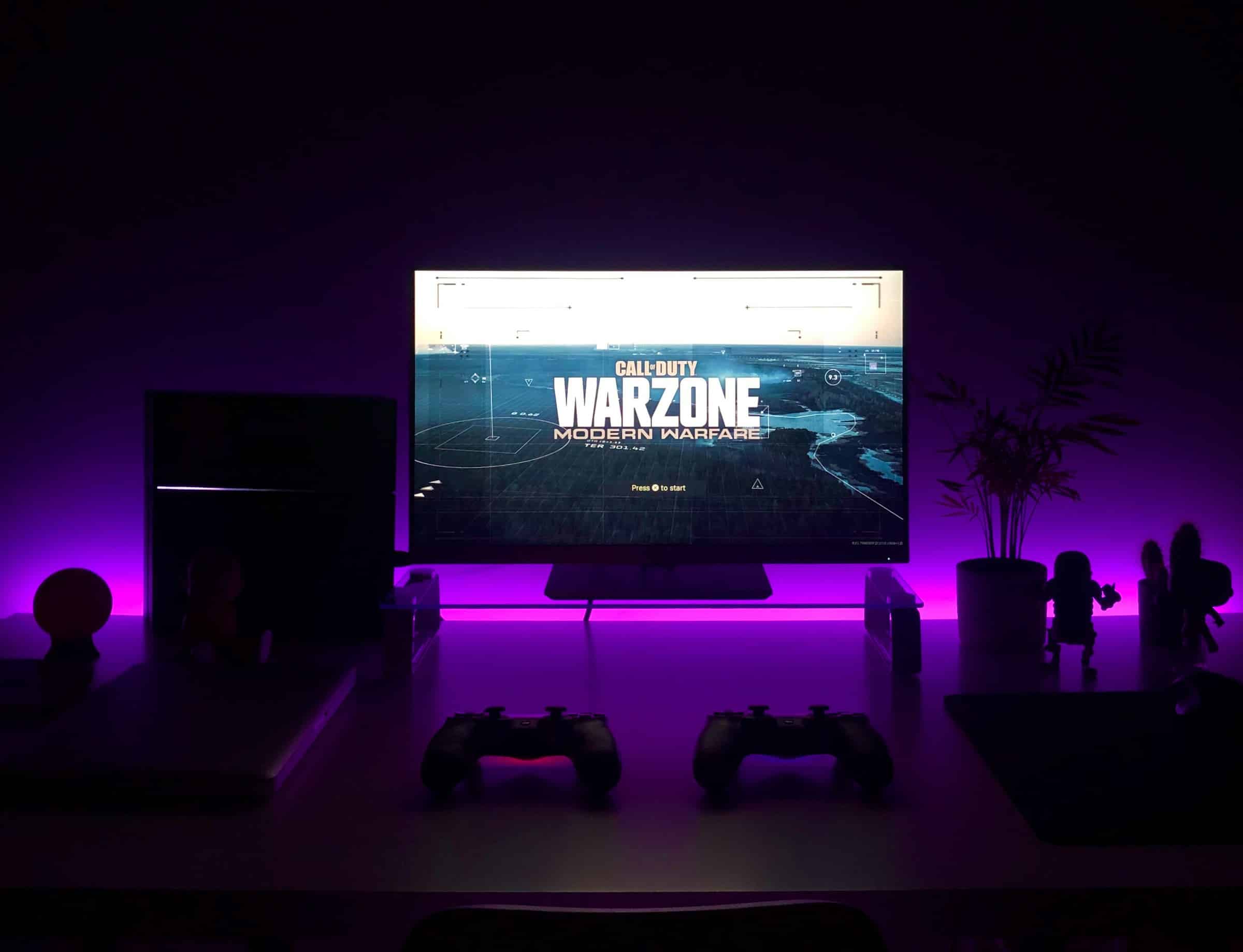What are the steps to set up a high-performance gaming setup using a Custom Loop Hard Tube Liquid Cooling system?

Creating a high-performance gaming setup is a dream for many enthusiasts. One of the most crucial aspects of achieving peak gaming performance is ensuring that your system stays cool during intense gaming sessions. While traditional air cooling methods can sometimes suffice, nothing beats the efficiency and aesthetics of a custom loop hard tube liquid cooling system. If you’re ready to take your gaming rig to the next level, follow our comprehensive guide to setting up a custom loop hard tube liquid cooling system.
Why Choose a Custom Loop Hard Tube Liquid Cooling System?
In the world of high-performance gaming, cooling efficiency is paramount. Traditional air coolers, while effective, often fall short under heavy loads. Custom loop liquid cooling systems provide superior cooling by circulating liquid coolant through a network of tubing and water blocks. This setup not only keeps your CPU and GPU temperatures in check but also enhances the overall stability and longevity of your components. Additionally, hard tube custom loops offer a visually stunning aesthetic that can make your build stand out.
A voir aussi : Elevate your operations with tethered drone technology
Custom liquid cooling systems are tailored to the unique specifications of your gaming setup, ensuring optimal performance. They involve a series of interconnected components, including a pump, radiator, water blocks, and compression fittings, which work in harmony to dissipate heat more efficiently than air coolers. The result is a system that performs better and looks impressive.
Essential Components of a Custom Loop Liquid Cooling System
Before diving into the setup process, it’s crucial to understand the essential components of a custom loop liquid cooling system. Each part plays a vital role in ensuring efficient cooling and stable performance. Here are the key components:
Lire également : How can you configure an HP Z2 G5 Tower for optimal performance in running virtual machines?
- Water Blocks (CPU and GPU): These are the components that sit directly on your CPU and graphics card. They transfer heat from the components to the liquid coolant.
- Radiator: The radiator dissipates the heat carried by the coolant. The size and number of radiators you need depend on the heat output of your system.
- Pump: The pump circulates the coolant through the loop, ensuring consistent flow and cooling.
- Reservoir: The reservoir holds the extra coolant and helps with air bleeding.
- Tubing: Hard tubing is rigid and requires precise cutting and bending, while soft tubing is flexible and easier to work with.
- Compression Fittings: These secure the tubing to the components, ensuring a leak-proof connection.
- Coolant: The liquid that flows through the loop, transferring heat from the components to the radiator.
- Fans: Radiator fans assist in expelling heat from the radiator, ensuring efficient cooling.
Each of these components must be chosen carefully to match your system’s needs and your aesthetic preferences.
Planning Your Custom Loop Liquid Cooling System
Before starting the physical build, it’s essential to plan your custom loop liquid cooling system meticulously. A well-thought-out plan will save you time, effort, and potential frustration. Follow these steps for a seamless planning process:
- Case Compatibility: Ensure that your PC case is compatible with a custom loop setup. It should have enough space to accommodate the radiators, pump, reservoir, and tubing.
- Component Selection: Choose high-quality components that match your system’s requirements. Research and select compatible water blocks for your CPU and GPU.
- Loop Design: Design the cooling loop layout, considering the placement of each component. The loop should flow from the reservoir to the pump, then to the CPU block, GPU block, radiator, and back to the reservoir.
- Tubing Route: Plan the tubing route to ensure minimal bends and efficient flow. Use flexible tubing if you’re new to custom loops, as it’s easier to work with.
- Radiator Placement: Determine the optimal placement for your radiators. Front or top-mounted radiators are common choices.
- Airflow Considerations: Ensure proper airflow within the case. Place fans strategically to push hot air out and pull cool air in.
Visualize your custom loop setup by sketching it out or using online tools to create a virtual design. This planning phase is crucial to avoid any unexpected issues during the build.
Building Your Custom Loop Liquid Cooling System
With a solid plan in place, it’s time to start building your custom loop liquid cooling system. Follow these steps for a successful build:
- Prepare Your Work Area: Clear a spacious work area and gather all the necessary tools, including a screwdriver set, tube cutter, bending tools, and thermal paste.
- Disassemble Your PC: Carefully remove your existing air cooler and any other components that may obstruct the installation. Clean the CPU and GPU surfaces thoroughly.
- Install Water Blocks: Mount the CPU block and GPU block onto the respective components. Apply a thin layer of thermal paste before securing the blocks in place.
- Install Radiators: Mount the radiator(s) in the chosen location(s) within your case. Ensure they are securely fastened and aligned for optimal airflow.
- Mount the Pump and Reservoir: Install the pump and reservoir in a location that offers easy access and efficient routing of the tubing.
- Cut and Bend Tubing: Measure and cut the hard tubing to the required lengths. Use bending tools to create precise bends for a clean and professional look.
- Attach Compression Fittings: Secure the tubing to the components using compression fittings. Ensure a tight and leak-proof connection by hand-tightening the fittings.
- Connect the Loop: Assemble the loop by connecting the tubing to the water blocks, radiator, pump, and reservoir. Double-check all connections for tightness.
- Fill the Loop: Slowly fill the reservoir with coolant, allowing it to flow through the loop. Use the pump to circulate the coolant, checking for any leaks during the process.
- Bleed Air from the Loop: Run the pump for several hours to ensure all air bubbles are removed from the loop. Air pockets can reduce cooling efficiency, so be thorough.
- Test Your System: Power on your system and monitor temperatures closely. Check for any leaks and ensure the pump is functioning correctly.
Building a custom loop liquid cooling system requires patience and precision. Take your time with each step and double-check your work to ensure a successful build.
Testing and Maintaining Your Custom Loop Liquid Cooling System
Once your custom loop liquid cooling system is up and running, it’s essential to perform thorough testing and establish a maintenance routine to ensure long-term performance.
Testing Your System
- Monitor Temperatures: Use software tools to monitor CPU and GPU temperatures. Ensure they remain within safe operating ranges during idle and load conditions.
- Check for Leaks: Regularly inspect the loop for any signs of leaks. Even a small leak can lead to significant damage over time.
- Stress Test: Conduct stress tests using benchmarking software to evaluate the cooling performance under heavy loads. Ensure temperatures remain stable and within acceptable limits.
Maintaining Your System
- Regular Cleaning: Dust and debris can accumulate on radiators and fans, reducing cooling efficiency. Clean these components periodically to maintain optimal airflow.
- Coolant Replacement: Over time, coolant can degrade and lose its effectiveness. Replace the coolant every 6 to 12 months to ensure optimal cooling performance.
- Inspect Tubing and Fittings: Check the tubing and fittings for any signs of wear or degradation. Replace any damaged components to prevent leaks.
- Pump Maintenance: Ensure the pump is running smoothly and without any unusual noises. A malfunctioning pump can lead to inadequate coolant circulation.
By following these testing and maintenance guidelines, you can ensure that your custom loop liquid cooling system continues to provide exceptional performance and reliability.
Setting up a high-performance gaming setup using a custom loop hard tube liquid cooling system is a rewarding endeavor that offers superior cooling efficiency and stunning aesthetics. By carefully planning, selecting high-quality components, and following a meticulous build process, you can achieve a system that not only performs at its best but also stands out visually. Regular testing and maintenance will ensure that your cooling system continues to operate smoothly, allowing you to enjoy your gaming sessions without worrying about overheating.
Whether you’re a seasoned enthusiast or a newcomer to custom liquid cooling, this guide provides the essential steps to creating a high-performance gaming rig with a custom loop hard tube liquid cooling system. Dive into the world of liquid cooling and experience the difference it can make in your gaming performance and overall system longevity.
